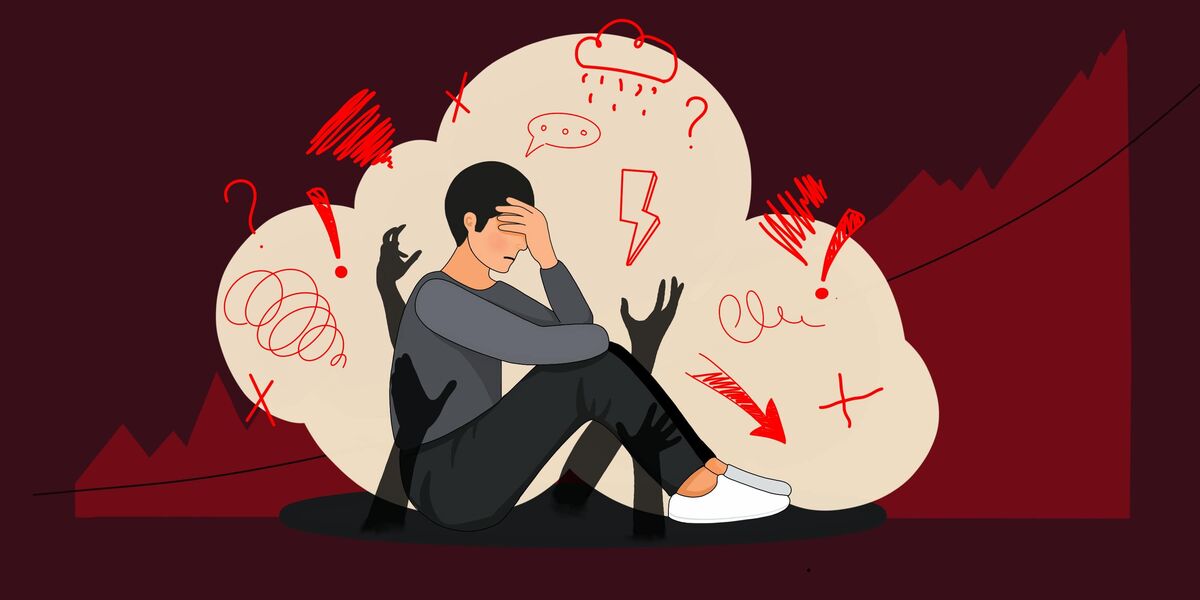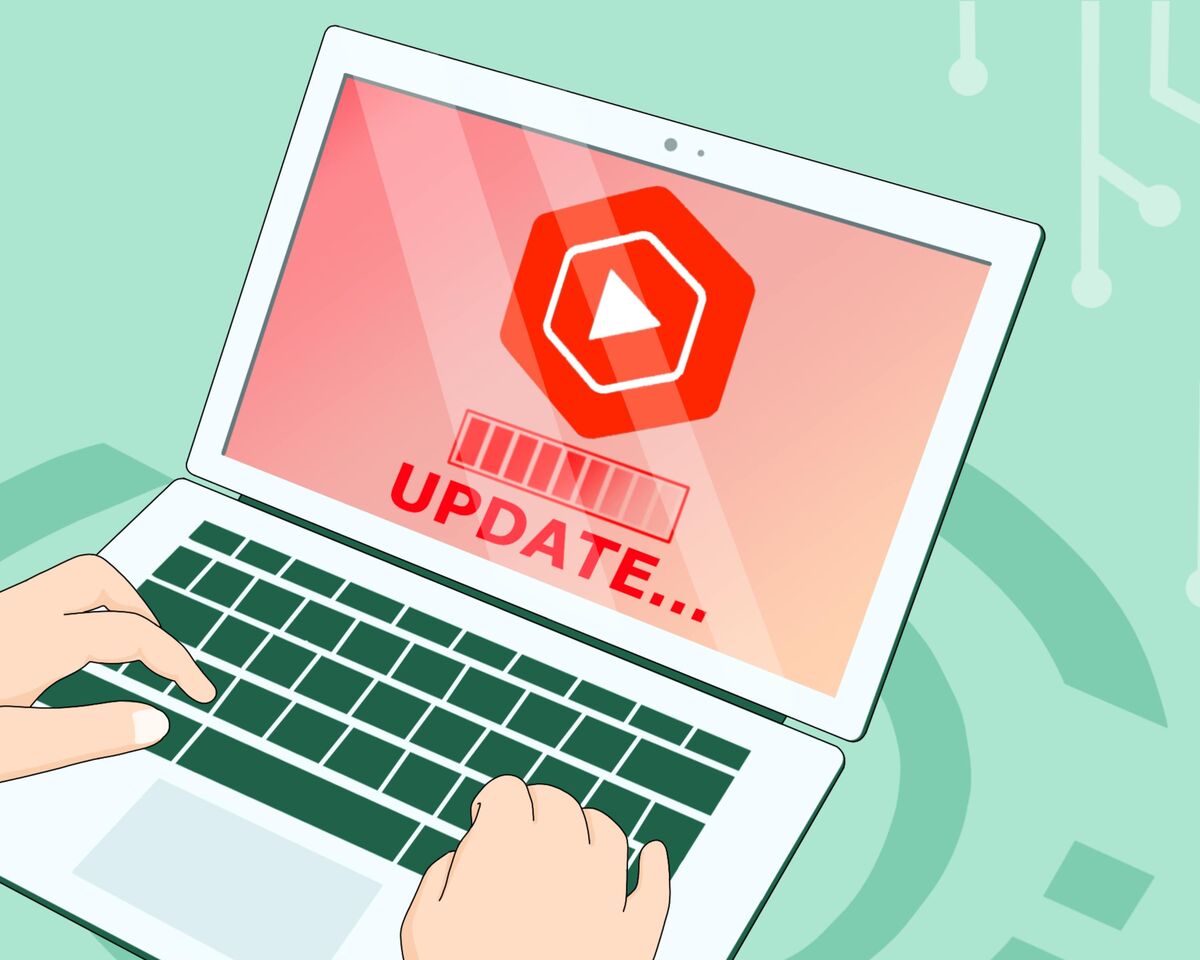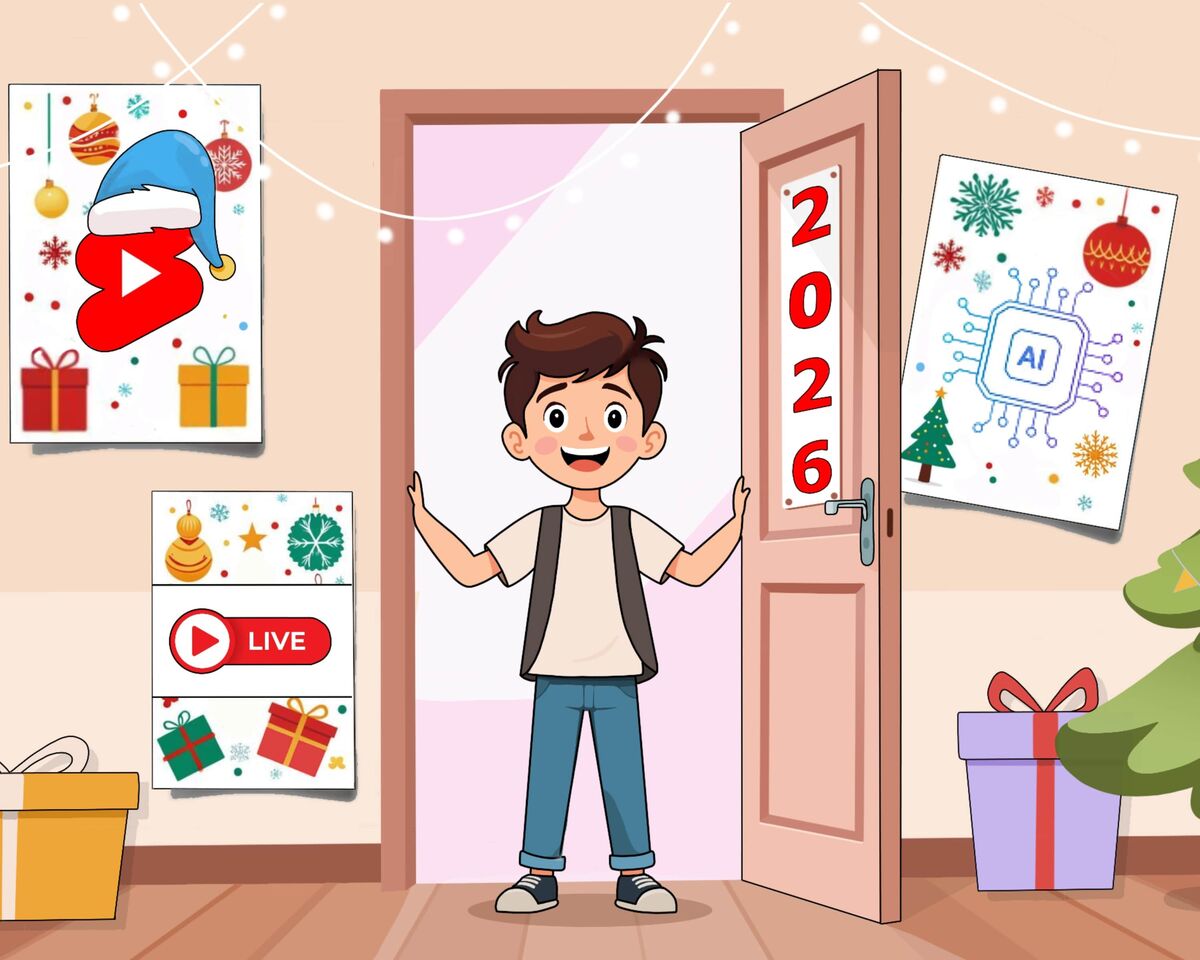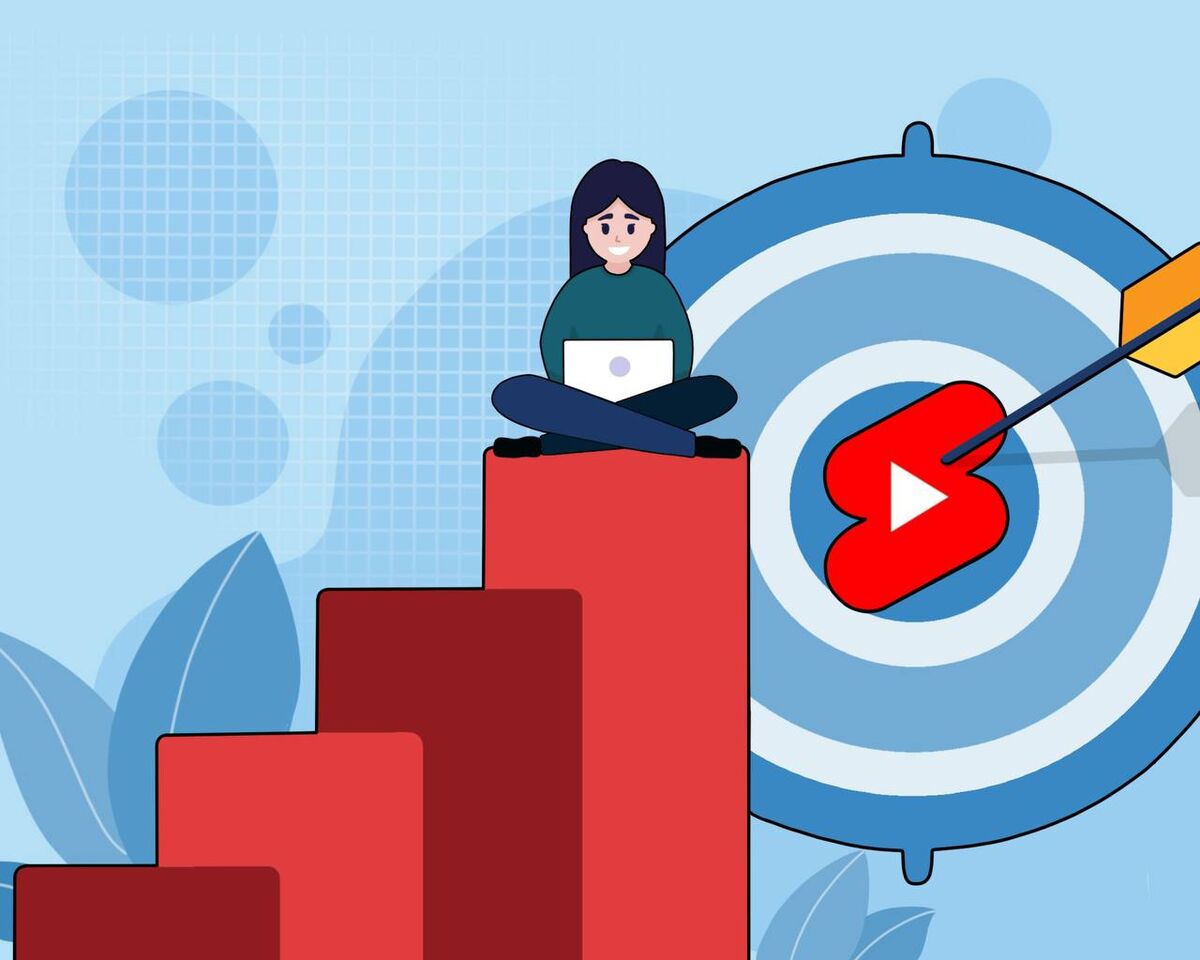YouTube Growth Stereotypes: What's Holding You Back?
 Yeah..those exact things, those very truths that you believe year after year, those very things that you think almost all bloggers do, and those very mistakes that seemingly don't affect anything. These are exactly what kill your channels and prevent the platform from promoting your videos.
Yeah..those exact things, those very truths that you believe year after year, those very things that you think almost all bloggers do, and those very mistakes that seemingly don't affect anything. These are exactly what kill your channels and prevent the platform from promoting your videos.
Let's figure them all out right now.
"Hello everyone, this is my channel"
And the first stereotype that every blogger should say goodbye to is boring, meaningless greetings in every video.
Example 1: "Hello everyone, my name is Ray, you're on my channel where I talk about how to do all kinds of useful stuff."
If your goal is to immediately bury viewer retention in your video, then definitely start your video exactly like this, and then for added conviction, throw in some wild animated text of your channel name with dubstep playing in the background at such a volume that everyone's eardrums will explode.
Example 2: Wild intro with channel name.
And even if your loyal audience listens to this every video (though even they deserve pity here), they only tolerate such trash out of genuine love for you. But new viewers haven't yet developed such strong feelings for you that would hold back their urge to quickly switch to another video.
Start immediately with the essence of the video. Your main task in the first few seconds is to create a connection with the audience, get them interested in the topic, convince them that watching the rest of the video won't be a waste of time.
And since we're talking about what will definitely destroy viewers' interest in your video, let's also mention calls to subscribe when it's not necessary and not done properly.
A call to action itself is a good format for interacting with the audience, but simply throwing a request at viewers is not enough for it to work properly.
Such requests are definitely not appropriate at the very beginning of a video, when viewers haven't even decided if they'll watch your video at all.
In the same category, we can include overloading with calls to action, when the creator literally asks viewers to complete a combo.
Example 3:If you enjoyed this video, don’t forget to like it, leave a comment to help with promotion, and share it with your friends. Also, subscribe to our channel! You can also find us on Facebook, Instagram, and blah-blah-blah.
You know what a viewer will do if you ask them to perform more than one or two actions at once? They will do nothing, because they turned out at the moment when you just started bombarding them with calls to action.
And finally — stop announcing the end of your video!
Example 4: "And so our video comes to an end, but wait, don't turn it off yet, I'm about to tell you which social media you can follow us on!"
But if your goal is to ruin your video completion rate and thus destroy your audience retention metrics, then yes, by all means, warn viewers that the video is coming to an end.
In the same category of horrible stereotypes that should really just be burned, we can include end cards in the form of animations: they're the same useless, off-putting nonsense as intros.
Remember that what motivates viewers to subscribe and engage with videos is the value you provide and the emotional connection with the creator, not numerous unjustified calls to action for everything under the sun.
Don't hurt your viewers' ears.
How wonderful it is to watch a quiet video, turning the volume up to the max, only to get a powerful wake-up call from a suddenly blasting sound or track.
And poor audio work comes in many different forms:
- speech recording without microphone
Believe me, in today’s tech-savvy world, a viewer will switch to another video with decent sound much faster than they’ll try to make out what you're saying.
- bad microphone setup:
Yes, just buying a microphone and turning it on might not be enough — it’s also important to record clean audio, so that listening to you is actually enjoyable.
- no balance between speech and music
Again, no one is going to strain to catch your words in search of meaning — people will get irritated much faster and simply turn the video off.
- music that doesn't fit the mood
And of course, we're all huge fans of creators who use tracks with lyrics as background to their speech. After a couple of minutes of watching that kind of content, your brain slowly starts to leak out.
Try listening to the final version of your video both on speakers and headphones before publishing — that way, you’ll better understand whether the audio needs attention and work. Or, at the very least, a microphone.
Don't be lazy — take the time to design your channel and videos properly.
This isn’t the first time we’ve talked about how important it is to have a well-designed channel. Your banner and thumbnails are the face of your brand. They represent not just your channel’s style, but also the mood and atmosphere of your videos.
All of this, to some extent, affects viewers — it influences their decision to watch your videos, subscribe to your channel, and stick around.
And yet, what do we see in most cases on creators’ channels, especially from those who can’t figure out why no one is subscribing to them?
- No banner at all — or a banner image so poorly chosen that it might as well not be there. Whether it’s up or not makes no difference.
Your banner should at least tell viewers something about the channel — its theme, the overall vibe, maybe some of the content formats you offer, who the creator is, or at the very least, something that represents the channel.
- There’s nothing on the banner except the channel name.
It’s already written in the channel name field, and that’s more than enough. Sure, you can repeat it on the banner — but if that’s the only thing there and you’re not adding any new information, then it doesn’t really serve much of a purpose.
- It looks like three different artists from three different agencies worked on your banner, thumbnail, and profile picture.
When we talk about personal branding — and yes, that applies to everyone running a YouTube channel — we always emphasize that your visual style is the business card of your brand.
So what can you say about a brand where modernism, pop art, and surrealism are all mashed together?
- Sloppy, boring, and off-putting thumbnail design.
Why not just grab the first random font and slap it on all the text for the header and covers? At least my channel is decorated! And for variety, you could use colors that don't match at all or look garish.
This can also apply to:
- small text;
- so many objects on the cover that you don’t know where to look, or simply put, a lack of any focus for the viewer;
- instead of a proper cover, just put some random image or even a still from the video;
- and a special category of laziness: using the same templates and just changing the text. In some cases, the creator even puts the same photo on all covers because, apparently, posing in a new way is too difficult.
Don't mix topics on the same channel.
Sketch 5: "On our channel, you'll learn how to cook buckwheat while making a stool, with a review of the tools I use to make it, and interesting facts from the history of Ancient Rome. Oh, and I also offer courses on how to make a million-dollar channel and connect with the Universe, because I'm a certified nutritionist."
This is pretty much what channels look like when creators try to talk about everything in the world, using any means possible.
No one’s stopping you from showing off all your talents and hobbies — and we’re not saying it’s bad to have many interests. But there’s a catch: there still has to be something that ties it all together on your channel. For example, the filming style or editing, the content format, or some kind of overarching concept.
Take Casey Neistat, for instance. He films everything that happens to him — his thoughts, his travels. The topics of his videos vary, but the videos themselves are united by a consistent filming and editing style, and most importantly, by a certain mood. You always recognize that it's him.
If yesterday you posted a video about the history of radio invention using stock footage from the internet, and today you’re sitting in a garden talking about how to grow spinach — people probably won’t understand what your channel is about or why they should watch it, since nothing ties the content together.
One of the most vivid examples of totally diverse content that’s united by filming style and format is — strangely enough — MrBeast.
If you set aside everything we already know about him, his channel has had videos with challenges, reviews and test drives, games, social experiments, and even unboxings.
If you want to make videos on different topics, you’ll need to think about how and what will tie them together, so your content becomes memorable to your audience. Otherwise, you’ll end up with a channel that’s about everything — and at the same time, about nothing.
Let’s also toss “channels for everyone” into that same basket.
That just doesn’t work. You won’t be able to appeal to every category of viewer on the platform — you’ll have to pick someone more specific. Because the outcome of such ambitious goals is always the same: you’ll end up with a channel that’s for no one.
And probably no need to remind you — within a single video, you also shouldn’t mix completely different topics. Where in the morning you’re an electrical wiring expert, and by the end of the video, you’ve launched into a stand-up comedy routine.
Don’t blame YouTube for strikes if you haven’t even read the rules yourself
- "But why did I get a complaint from YouTube?! I just took someone else's track and used it as background music!"
If you used someone else's material — whether it's music, video, a photo, or even a written article — and the platform issued a copyright complaint, then YouTube is not to blame.
No matter what country you live in, laws apply within its territory. When you take something that doesn’t belong to you without permission, it’s your government that punishes you. Whether you’ve stolen someone’s life, property, or song — it’s all regulated by criminal, administrative, or copyright law in some form.
YouTube, in this case, is simply a platform that, like all of us, must follow the laws of its own country. And since it has to take responsibility for the behavior of hundreds of millions of users, it's required to enforce certain laws.
To help enforce copyright law, YouTube developed the Content ID system, which automatically detects violations and sends complaints to the content owners. If this were handled by actual legal authorities, every complaint could potentially mean being summoned to court.
That’s obviously an exaggeration, but the point still stands.
- "YouTube is the bad guy — it won’t let me do whatever I want!"
Let’s imagine this: you walk into a restaurant. There are rules posted at the entrance, but of course, you don’t bother reading them. Instead, you decide to sit at a table and eat the lunch you brought from home.
A waiter approaches and politely tells you that this isn’t allowed in their establishment and suggests you check out the rules. You ignore him, but decide it’s a great time to sing a song at the top of your lungs for the entire restaurant.
Again, they ask you to stop and read the rules, but you refuse — and start running around the restaurant naked. Eventually, you're just kicked out.
Question: who’s in the wrong here?
Obviously, it’s the person who started doing bizarre things without even glancing at the rules of behavior for the place they walked into. And you weren’t just asked once — they reminded you twice to read the rules. But who wants to actually read something, right?
Sound familiar to how people treat YouTube’s rules?
Instead of learning how the platform works, people just jump in and start doing whatever they want — up to and including the digital equivalent of running around naked. But just like any public place, YouTube has rules, and it sets them to keep chaotic or harmful behavior in check.
First of all, YouTube has every right to do this — it's the one giving you the chance to grow your audience and get popular on its turf.
And second, if there were no rules, the platform would turn into a dumpster fire of chaos within days. You probably can’t even imagine how many… let’s say, "unique" individuals there are out there, some of whom could genuinely harm others — even physically.
Don't try to hack algorithms
For many of you, this phrase has probably become a mantra by now. But for those hearing it for the first time, let us remind you: YouTube’s algorithm is just a recommendation system.
Its one and only goal is to suggest videos to viewers in a way that keeps them on the platform for as long as possible. If you help YouTube achieve that goal, there’s no need to “hack” anything — your videos will get promoted naturally.
You don’t need to hack the algorithm to be successful. You just need to understand it.
If you want the full breakdown — we actually have an article on that (or even a few).
But if you want the short version, here it is: to understand the algorithm, you simply need to realize it’s not magic — it’s just a recommendation engine at work.
Have you noticed that big creators never talk about “hacking” the algorithm? Take MrBeast, for example — in none of his interviews does he say he cracked some secret code. He always says it’s all about your content — and nothing else.
And when we say “big creators,” we’re definitely not talking about the scammers whose entire business is selling you the dream of easy money. Because in reality, the only people making easy money in that situation… are them — by selling you that dream.
But if you really want the platform’s biggest secret, here it is —
Love thy viewer!
The main goal — both for YouTube itself and for every creator on the platform — is to bring joy to the viewers. YouTube and every single blogger only exist because of their attention.
So stop wasting time on nonsense and take a good look at your content. Ask yourself honestly: is it actually interesting and engaging?
We've seen hundreds of creators who are absolutely convinced their videos are great — and genuinely don’t understand why no one’s watching.
But at the same time, their videos often include things like:
- lack of ideas and structure
And this can apply both to the channel as a whole and to individual videos.
If you truly love and value your viewers, then make sure it's clear what your channel is about and what each video is about. Make your videos genuinely interesting to watch.
It’s not just that some creators make boring content — they also present it in a way that makes it seem like they themselves aren’t even interested in what they’re saying.
So what kind of reaction can you expect from viewers in that case?
- low quality videos
And here, we mean everything: from poor filming and weak lighting, or shots where you’re talking to the viewers but looking away from the camera, to videos without any editing where creators leave in all their stumbles, mumblings, silences, and everything else that doesn't help viewers enjoy the experience.
- broken promises
If you promised people an interesting video about how to make a cake, then inside the video, they should truly get a clear, detailed, and most importantly, engaging guide to making that cake.
Nothing less. But you can always give more.
- disrespect for viewers' time
You’d agree it’s really frustrating when you call a bank to solve a specific issue, and they spend half an hour telling you about incredible new credit terms, right?
The same goes for viewers who came to enjoy your video — they don’t want to waste their time on some irrelevant story that’s off-topic and that they have to sit through just to get to the point.
- Creators put their own interests above the interests of the viewers.
If you create content that only interests you, ignore trends, current formats, and video topics, or even the requests of your own subscribers, don’t be surprised if sooner or later you’re left alone with your channel and content.
But since you’ve read this article to the end, it’ll now be much easier for you to avoid old stereotypes and not get enchanted by new ones. And that’s already a big step towards success.




